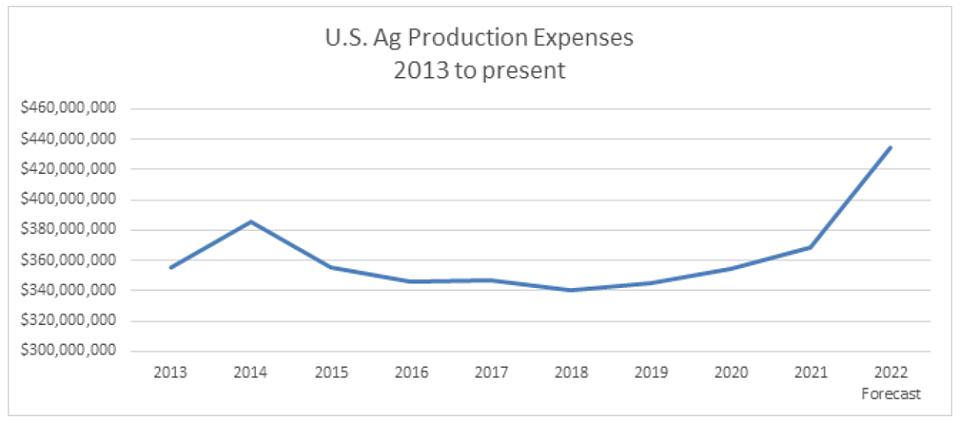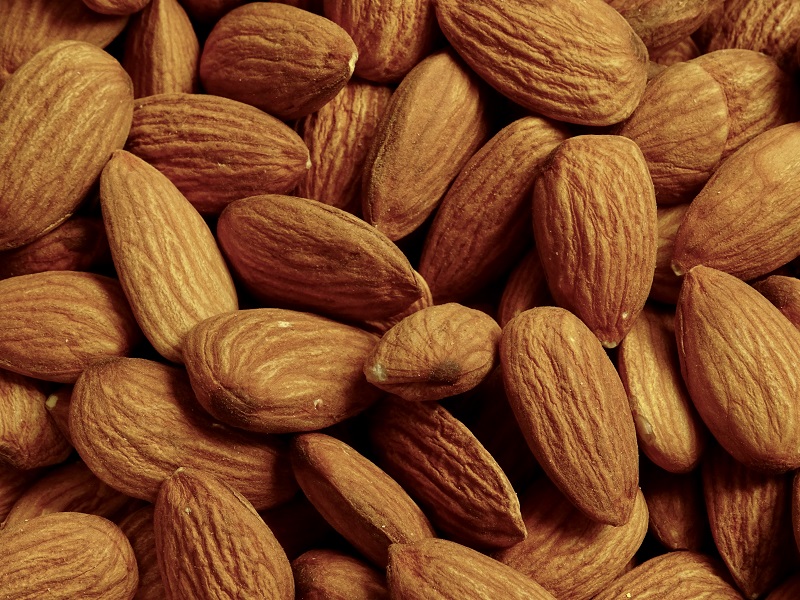Produce Marketing Perspective for Growers: Wholesale vs. Retail
Fellow Cornell veg cropper and one of New Jersey’s largest vegetable farmers, Dave Sheppard, came in and sat beside me during a Vegetable Growers Association of New Jersey meeting. Responding to one of my columns about agritourism, he put me on the spot.
“Hey, Rick, tell me, why is it that all the trade publications usually only cover direct marketing … you know, agritourism and retail? They rarely talk about wholesale marketing for us growers?”
“Because it’s easy … too easy!” I sheepishly answered.
He had me. That was the very argument I made to American Vegetable Grower that got me this gig in the first place.
In my defense, farm retail marketing offers many more topics to explore. From advertising and social media campaigns to merchandising and store layout, not to mention all kinds of agritourism events, attractions, and activities. And for most of those topics, there’s usually at least some research to back up the anecdotes and fuel the discussion as well.
But I’m taking my marching orders from Dave. This month I’m addressing how you market in a system based on good communications, reputation, trust, and often a handshake.
Power Struggles in the Supply Chain
Information is key to informing marketing decisions. Dave was really frustrated with one of his bigger retail buyers who had touted partnering with a small group of growers to supply their local produce.
In pre-season meetings with those growers, they were told the prices they would receive this year would be the average the store had paid the previous season.
Dave speculated that the average must have included some very cheap produce, maybe off-season imports. That’s because what was being offered was at least a third less than his carefully calculated production costs. Dave’s enterprise budgeting dictated his marketing decisions this year.
So his task is to explain the realities of costs in 2022 to get a fair price.
Wholesale Marketing Strategies
Thinking about it, wholesale strategies are not all that different than retailing. Communication and sharing information is key to successfully selling products at all levels. Even something as simple as social media can keep your farm’s name in front of retail buyers, just as it keeps a market name in the minds of consumers.
Advertising in those trade publications that target the buyer-shippers and retailers gets your name and products out, just as an ad in the local paper tells the community about your market. Many of the trade papers and magazines have special sections timed to cover the local season. And you may be able to write an advertorial — an ad in the form of editorial content (you pay them rather than vice versa).
However, in a system still heavily reliant on face-to-face interactions and that proverbial handshake, the trade show may be the most effective place to find those interactions. If big enough to afford a booth, draw the buyers to you with all the same merchandising tools of a savvy retailer.
When that’s too pricey, team up with some neighboring farms, or your state’s department of agriculture. Many of them participate in the annual trade shows of the International Fresh Produce Association, the Canadian Produce Marketing Association, and other regional shows. Attend in person and walk the floor if you can. But at the very least, get a brochure on your state’s table.
Grow What People Want
Commodity marketing is a challenge where supply and demand rule, especially with perishable fresh produce. Are there ways to set your products apart from the crowd? Adding value (service or product enhancement), cooperatives, or partnerships to increase volume or extend presence in the market all create value. They may need to fill a void in supply, but if you can supply product year around with other farm partners, that is something retail buyers will want!
Communicating and promoting — that is how relationships that build trust and commitments are formed.
Ag Costs Shoot Up in 2022
This chart from USDA Economic Research Service may help you when negotiating prices with your wholesale customers. Costs for U.S. farmers began rising in 2019, skyrocketing in 2022.

Graphic courtesy of USDA ERS Farm Income and Wealth









